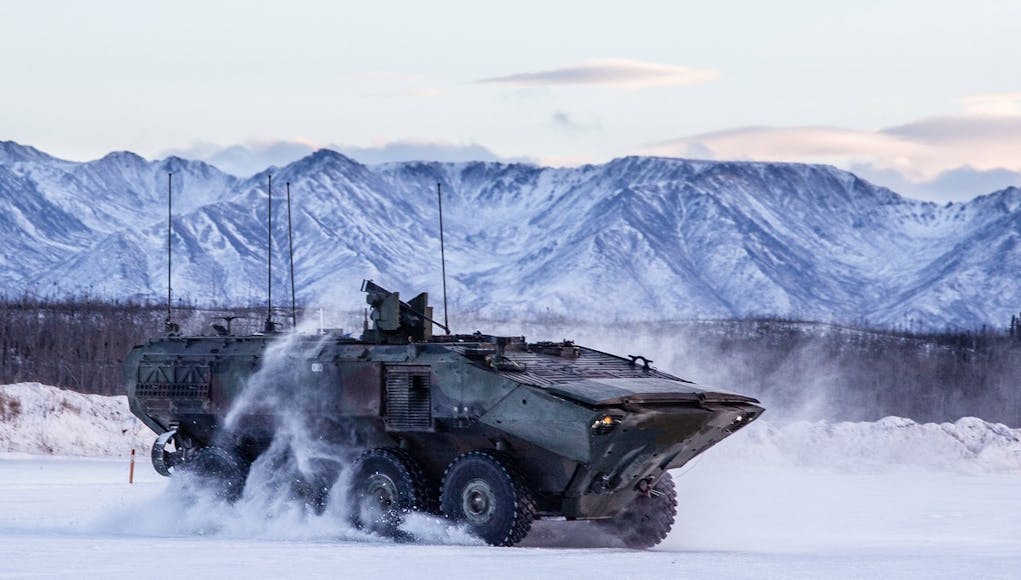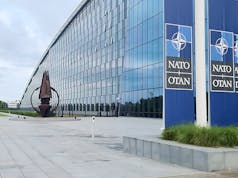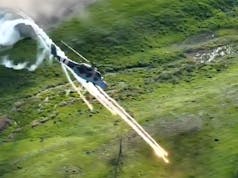BAE Systems has been awarded a $211 million firm-fixed-price modification to a previously existing contract by the U.S. Marine Corps, for additional Amphibious Combat Vehicles (ACVs).
This order, which is the Marine Corps’ fourth for full-rate production, includes the procurement of 40 ACV Personnel (ACV-P) variants, as well as fielding and support costs, and associated support and test equipment.
The ACV 8×8 platform is acclaimed by BAE Systems as the world’s most capable amphibious vehicle, boasting open-ocean amphibious capability, land mobility, survivability, payload, and growth potential.
Garrett Lacaillade, vice president of amphibious vehicles for BAE Systems, commented on the contract, stating, “With this contract… we are able to continue to offer the Marine Corps predictability, stability, and continuity with production and the supply chain.” He also highlighted the successful delivery of more than 200 ACVs since the program commenced full-rate production in December 2020.
The ACV-P, the first of four planned variants, leads the ACV family. Other variants in production or development include the ACV Command and Control (ACV-C), the ACV 30mm Cannon (ACV-30), and the ACV Recovery (ACV-R) variant, which is currently in the design and development phase.
ACV production and support operations are spread across several BAE Systems locations, including Stafford, Virginia; San Jose, California; Sterling Heights, Michigan; Aiken, South Carolina; and York, Pennsylvania.
The anticipated start of deliveries is April 2025.














How many do they have in total now?
Should be near 300.
Sidenote: I dthink that the Iveco engine is build in Italy.
I think it is south of 300. Initial production rates were around 30 per year. Full production rates are around 80 per year. Covid caused delays as well. On the plus side all variants are now approved and in production.
The vehicle itself has Italion roots not just the engine. Its based on an Iveco defence pre existing platform.
If only our Marines could have some or can a Boxer version be adapted 🤔
Amphibious Boxer!? do you want a 3 trillion £ programe?
Agree best avoided. You can bet the MOD would squander huge quantities of money on that programme only to then buy 5 vehicles, which are then cut to 3. (Sound familiar?)
We don’t commit in our land transition in the same way. Although I can say it would be far more preferable to sit in something warm and dry than our current alternatives. The ability to move in land at a faster pace before decamping on the objective would certainly help. For me, it’s the additional firepower these vehicles deliver that’s sways it. The difference between THE Royal Marines and the US Marines is we are used in smaller incursions. Not since D-Day has the Royal Marines landed en-masse. Today, it’s more a troop or multi-troop level. The Americans hit landing beaches with fast jets, helicopters, missiles, artillery and even tanks. That’s something missing for the RM as the taxi drivers won’t either put their ships at risk or don’t have enough of them in the zone.
Acquisition of a proven, OTS BAES product for RM would appear to be a rational decision. Objections? 🤔
Objections?
Er…
Proven
Off the shelf
No need for Braid to create posts.
Nope, never.
😁👍
You must be mad. We would miss out on about 12 committees, 14 studies. Parliament scrutiny MOD procurement studies. To say nothing of trials and competitive tendering. In service dates to be pushed down the road by decade’s. Good god the front line could get kit quickly if you had your way.
😁🤔☹️ (Often humor reveals an inconvenient reality,)
Don’t forget the inquiry afterwards and the all important lessons learned report.
Probably several of those with fact finding trips to exotic locations by MPs and civil servant’s. .
You expose the insanity of the MOD procurement system too easily my fellow boot neck.
I personally feel the Corps is in a bad place. Two LPD that will probably never go to sea again. No LPH. No sign of replacements being ordered. The three bay class are being used as closet Warships. One is minesweeper mother ship in Bahrain. The Amphibious concept is dead in the water, pardon the pun. That will not go un noticed by eyes outside of the UK.
The AWT the guys get now is pathetic. Also the numbers involved are insignificant. It in my mind is dangerous as well. As you well know if you are complacent with the Arctic, you will learn by mourning. 93 Nystuen springs to mind. Two young guys died one mile from a main road. One night of heavy snow. With lack of experience comes a lowering of your respect and preparation for the environment you are about to live in. Those young kids died through a lack of training because we lowered the standards to save money. Training was cut every year through the late eighties and nineties. Remember the days when you had to be three winters which were very early Jan to very late April before you were a Fox. Now it’s six weeks.
I’m not averse to change but for me everything from ships to training is being cut. The Corps could not do an Amphibious landing. Neither can they deploy as a brigade to Norway in winter. Whether this was by design or accident matters not. It’s where they are.
considering a boxer wieghs 40 tons and this weighs 20ish tons, guess physics and displacement of water says no
But our Marines are desperate to be SF…
Think we better stay away from that one 🤔
No need with the current configuration of 3 Cdo, they have Viking when armoured support is required.
The Bde was dismembered in 2015 and in the years post 2010 to a more dispersed posture. This enabled more posts for the RN as Four Two Cdo was reduced.
If it had been prioritised as a cohesive Bde with the arctic or amphib role then maybe further vehicles would have been good.
Aha, the real reason such an acquisition would not be contemplated.
I was so looking forwards to the news that BAE build Air Cushion Vehicles